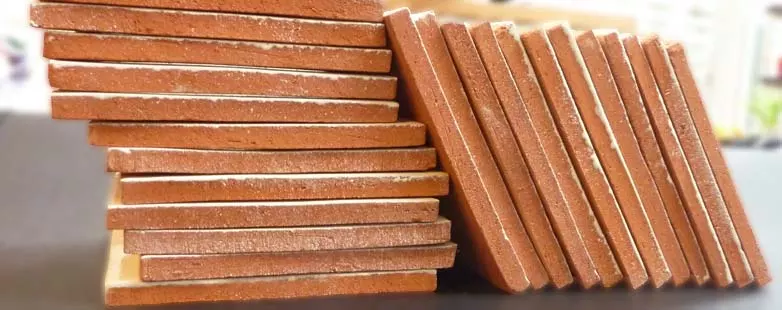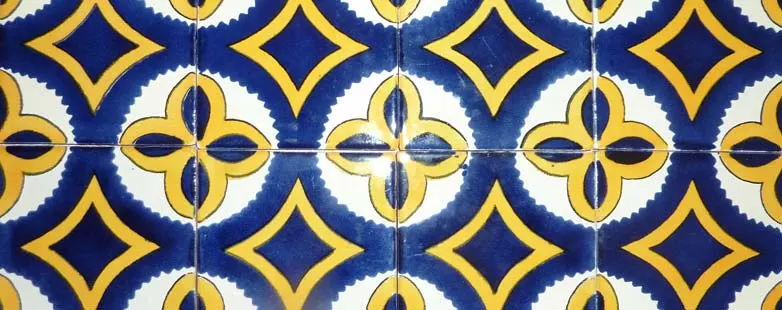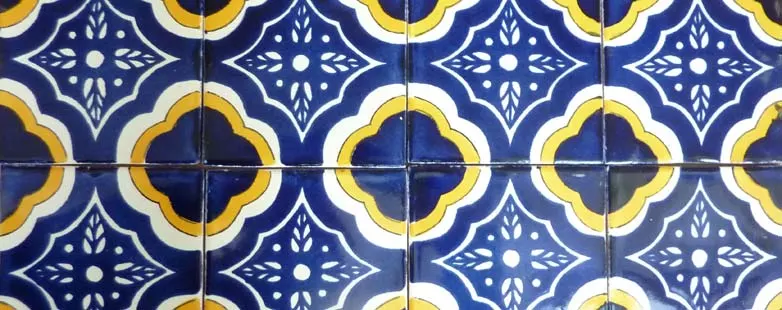Handmade Tiles FAQ'S
A selection of faq's relating to our handmade Mexican tiles.
Tiling with handmade tiles is essentially the same as with mass-produced machine made tiles although you do need a lot more time and patience. For example those little spacers that are used to line up machined tiles will have to be adjusted to square up the tile line due to the slight variations in tile size and shape. This is not really a problem but does require a bit of thought and experimentation before the final fix.
Below we have put together some answers to a few of the most frequently asked questions regarding handmade tiles.
If you need more help or information please feel free to contact us by Alternatively you can phone us on +44 (0)117 942 5353.



